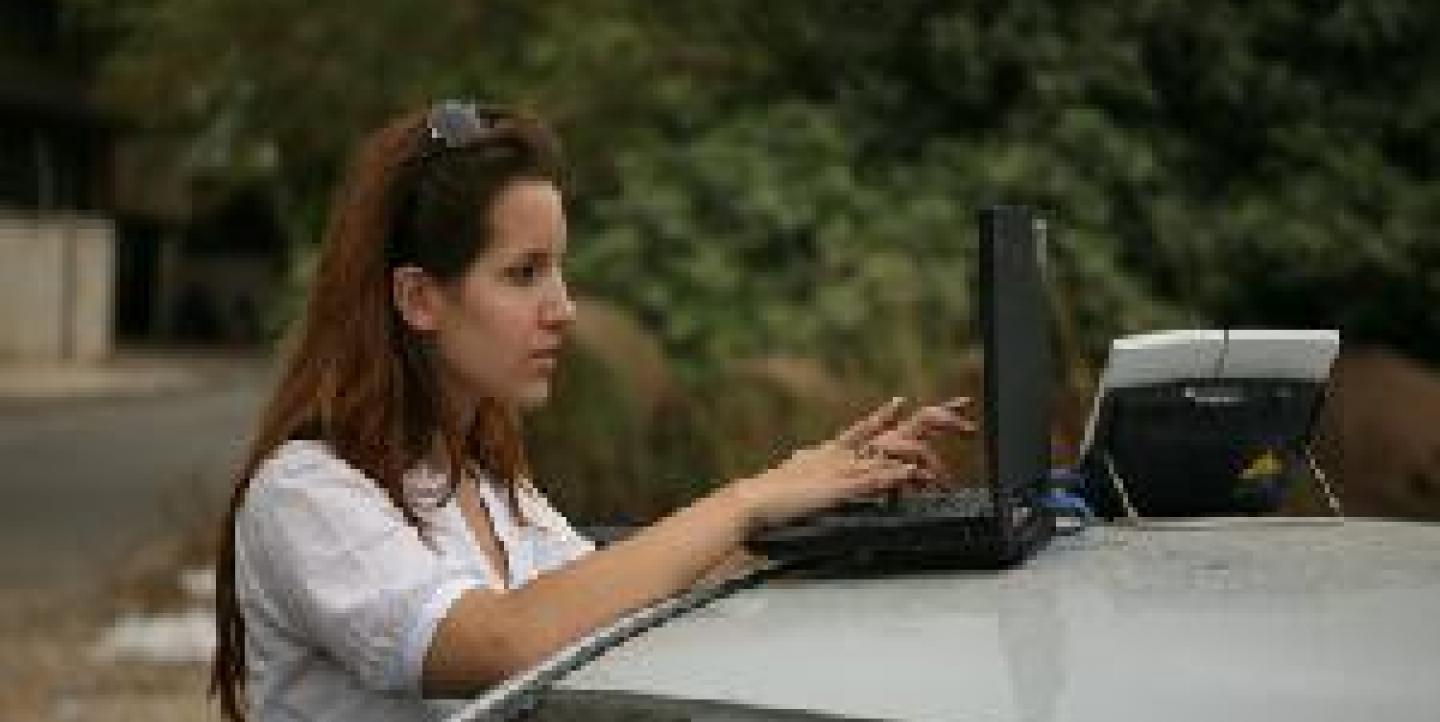Every journalist covering a hot zone or an area where natural disasters are likely should have a crisis reporting plan ready to implement.
I spoke with many reporters either on the ground in Haiti or newly dispatched to the region who were ill-prepared to start working immediately after the January earthquake tragedy. Reporting on a new or ongoing crisis can be stressful, so I've prepared a recommended set of tools and a plan for digital coverage.
Gear
- At a bare minimum, you should have a laptop computer that you already know how to use well. This includes knowing how to get connected to the Internet on your own and without assistance.
- Additional laptop battery, as well as the laptop's power supply with international adapters, if necessary.
- Mobile phone - with data plan - that's capable of taking photos and video. You should already have your email accounts set up. Make sure that your mobile phone includes an international voice/ data plan if you're working out of a foreign country.
- Additional mobile battery or battery pack, as well as the phone's power supply and international adapters, if necessary.
- A digital camera capable of taking high-resolution photos, along with an extra memory card and a card reader (or necessary cables) for your laptop.
- Extra batteries for your camera.
- An extension cord and portable outlet strip.
- Several notebooks and pens.
- A rain poncho and protective coverings for all of your gear.
- An extra pair of glasses or contacts, should you wear them.
Background Reporting
- Check Google Earth to see if its engineering team has already released any mapping tools.
- Create an aggregator that will automatically comb news and other sources for information. You can simply use RSS feeds and Google Reader, or you can try making an interactive timeline that serves the dual purpose of updating you and your readers.
- Know who all of the key political figures are if you don't already by visiting the official government website.
- Check Technorati or Social Mention to read what the blogosphere is posting.
Social Reporting
- Try to immediately find the hashtag (or designated keyword) being used by Twitter. In the case of the earthquake, the hashtag was #haiti. Visit http://search.twitter.com and enter the hashtag to track what's happening.
- Check Facebook to see what new groups have been started since the crisis began.
- Remember to look at live video tools such as Qik, Kyte and Ustream to see what user generated content is being posted.
Your Plan
- Try to carry all of your gear with you, and plan to report, write and produce from the field. If you're recording audio, remember to wear headphones to ensure that you're getting good quality.
- When you have downtime, check your feeds and social networks.
- Find out where people are meeting and stop by - as long as it's safe. You don't need to disclose your own whereabouts to participate in networks and discussions.
- Aim to report in small chunks, to keep yourself (and your notes!) organized. Don't wait until the end of a long, traumatic day to start piecing together what happened in the morning and the interviews you conducted. Have a good process in place and use it.
- File short stories immediately, and when you're ready write or produce the longer features or analysis pieces.
- Remember that your equipment is only as good as its batteries, so recharge and refresh often!
Amy Webb is a digital media consultant and the CEO of Webbmedia Group, LLC. She has also launched Knowledgewebb, a new website for multimedia training. You can follow Amy on Twitter. Webbmedia Group is a vendor-neutral company. Any opinions expressed about products or services are formed after testing, research and interviews. Neither Amy Webb nor Webbmedia Group or its employees receives any financial or other benefits from vendors.

